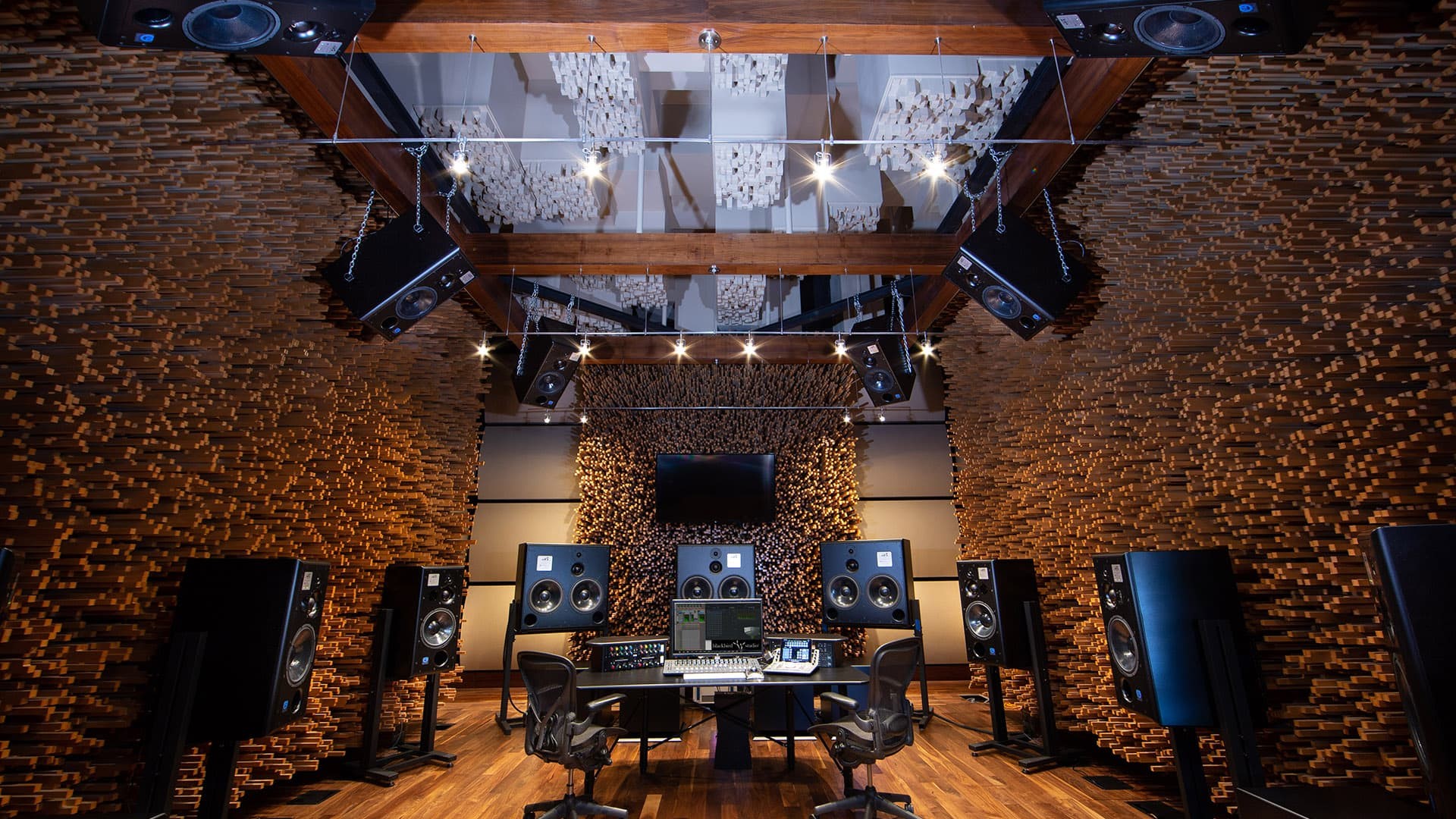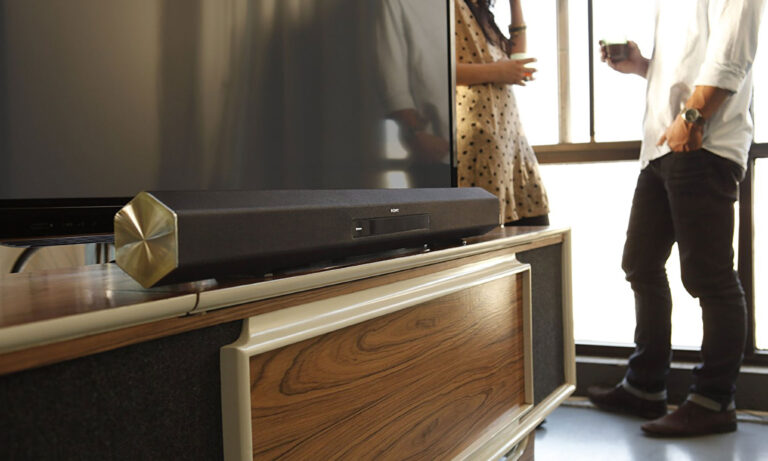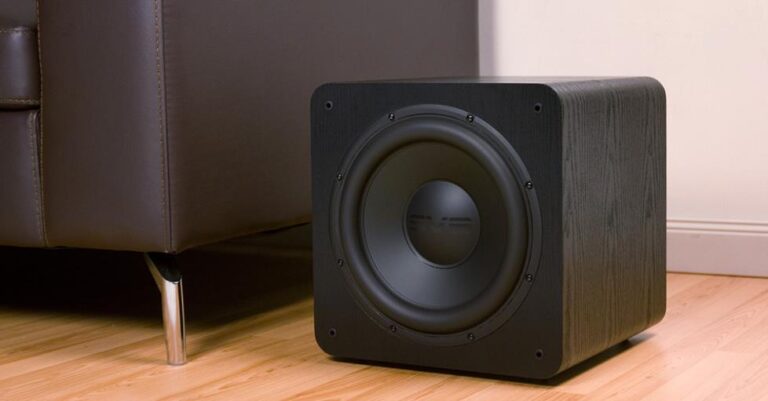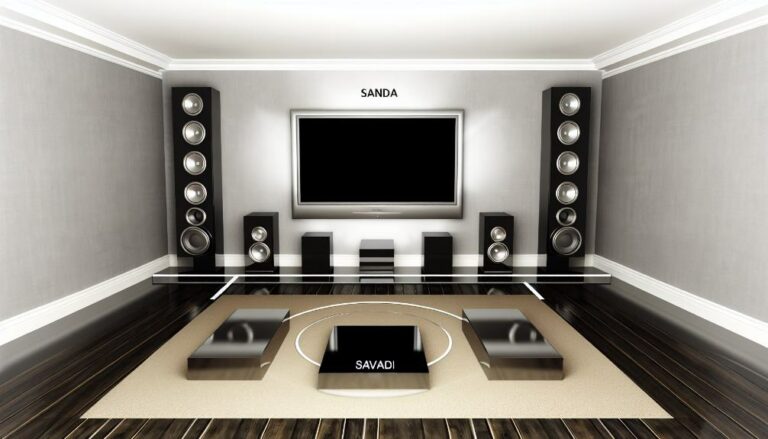As a home theater enthusiast, I know the excitement of creating the perfect cinematic experience in the comfort of your own home. One crucial element to consider is the audio system – and with so many options out there, it’s easy to feel overwhelmed. Fear not, I’m here to help you navigate the world of Dolby Atmos and traditional surround sound, two popular choices that offer unique benefits.
First, let’s lay the groundwork for understanding home theater audio. Believe it or not, audio is just as important, if not more so, than video in crafting an immersive movie or TV-watching experience. A top-notch audio system can transport you right into the heart of the action, making it feel like you’re right there alongside your favorite characters.
Now, various audio systems are on the market, each offering different levels of complexity and price points. But for this discussion, we’ll focus on Dolby Atmos and traditional surround sound, as they stand out for their distinctive technologies and features.
Stay tuned as we dive deeper into these two outstanding options, and together, we’ll find the perfect audio solution for your home theater setup.
Understanding the Basics of Home Theater Audio
Creating a top-notch home theater goes beyond just investing in a large-screen TV and hooking up some speakers. Audio technology has come a long way, offering a plethora of options for that immersive surround sound feel.
Speaker placement is key to achieving the best sound quality, and understanding each speaker’s role in crafting that all-encompassing audio experience is vital.
No matter if you lean towards Dolby Atmos or stick with classic surround sound, mastering the basics of home theater audio will empower you to make an informed decision and thoroughly enjoy every moment of your movie nights.
Exploring the Benefits of Dolby Atmos
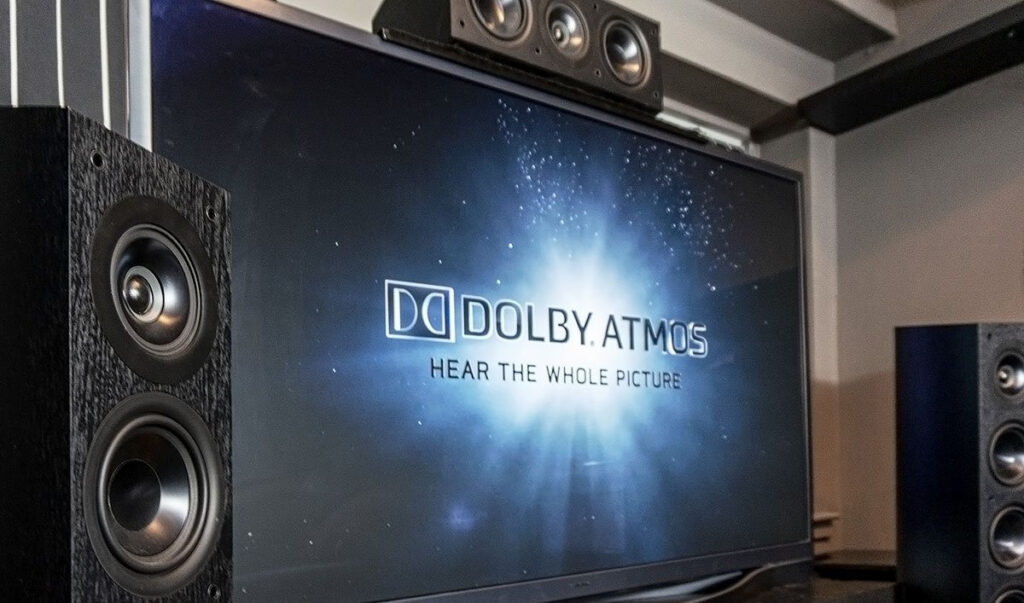
Allow me to share my personal insights on the remarkable benefits of Dolby Atmos, a cutting-edge audio experience that takes immersion and dynamism to a whole new level. With its innovative use of height channels, sound precision reaches unparalleled heights (pun intended!).
Dolby Atmos employs object-based audio technology, which enables individual sounds to be positioned anywhere in the room, giving you a sense of realism that traditional surround sound simply can’t compete with.
What’s more, Dolby Atmos is compatible with a wide range of devices, including home theater systems, soundbars, and even headphones. This groundbreaking technology truly transports listeners right into the heart of the action. Imagine hearing raindrops splashing down from above or feeling as though you’re standing in the center of a bustling metropolis. With Dolby Atmos, these experiences become an auditory reality.
Understanding the Benefits of Traditional Surround Sound
A tried-and-true favorite for decades, traditional surround sound continues to be a popular choice among home theater aficionados. Its main advantage lies in its ability to create an immersive experience that transports you right into the heart of the action, making you feel like a part of the story unfolding on screen.
With top-tier audio quality, surround sound systems deliver outstanding dynamic range, crystal-clear clarity, and well-balanced audio across all channels. However, speaker placement is crucial – ideally, speakers should be positioned at least 6-8 feet apart to ensure optimal performance.
One downside to traditional surround sound is compatibility issues. Not all devices support the same audio formats or channels, which may limit your options when connecting various components. But don’t let this deter you!
When set up correctly, traditional surround sound can offer a phenomenal home cinema experience, breathing life into movies and TV shows like never before, making it a worthy contender for your home theater setup.
Comparing the Cost of Dolby Atmos and Surround Sound
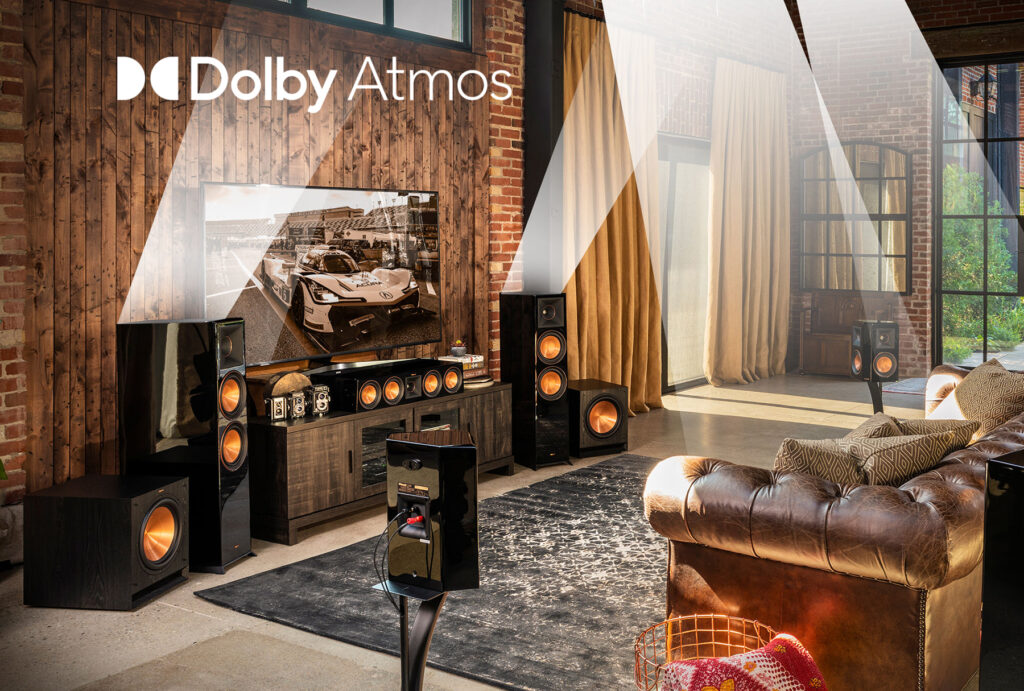
As you plan to enhance your home theater system, comparing the costs of Dolby Atmos and traditional surround sound is crucial for making a well-informed decision. Budget considerations are always an important aspect to keep in mind.
Dolby Atmos generally comes with a higher price tag compared to classic surround sound, due to its state-of-the-art technology and the need for extra speakers during installation. However, the cost can vary depending on factors such as the brand, model, and features offered.
Evaluating affordability is essential, as investing in a top-quality audio system requires careful financial planning. To support your decision-making process, let’s take a look at some key points regarding the cost comparison between Dolby Atmos and traditional surround sound:
Factors affecting the cost of Dolby Atmos:
- Additional speakers are required for installation
- Advanced technology used
- Higher-end brand models could be pricier
Factors affecting the cost of traditional Surround Sound:
- Number of channels (5.1 or 7.1)
- Speaker quality
- Amplifier quality
Factors to Consider When Choosing Between Dolby Atmos and Surround Sound
As you contemplate whether to choose Dolby Atmos or traditional surround sound, it’s vital to consider several factors that will influence your decision. Speaker placement is critical for both systems; however, Dolby Atmos demands more speakers and specific positioning for optimal performance.
Room size plays a considerable role in your choice, as larger rooms can truly take advantage of Dolby Atmos’ extraordinary three-dimensional sound capabilities. Sound quality is another aspect to consider – Dolby Atmos is renowned for its immersive audio experience, while surround sound might not deliver the same depth or clarity.
Don’t forget to assess compatibility with your existing equipment and factor in your personal preferences when selecting your audio system.
Making the Right Choice for Your Home Theater Setup
When weighing the options between Dolby Atmos and traditional surround sound systems, take into account your room’s acoustics and how they might influence the overall sound quality. Proper speaker placement is important for achieving the ultimate audio experience, so ensure you position them according to the recommendation for each system.
Don’t overlook receiver compatibility, as some receivers may not support specific features of Dolby Atmos or surround sound. Moreover, verify content availability before settling on a final decision, as not all movies or shows are available in both formats.
Final Thoughts
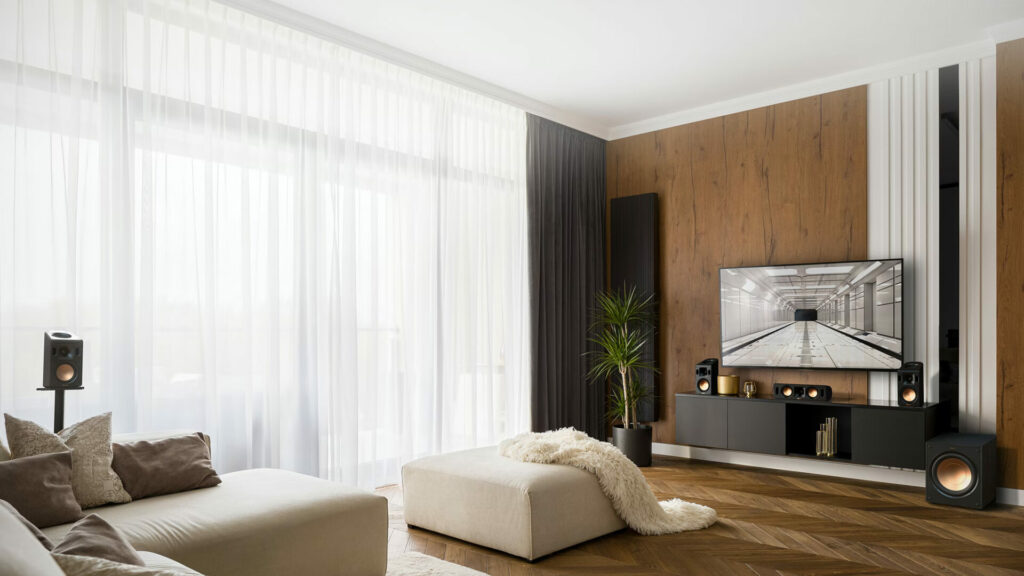
As you put the finishing touches on your home theater setup, remember to factor in elements like room acoustics, speaker placement, and content availability to ensure the most exceptional audio experience.
In deciding between Dolby Atmos and traditional surround sound systems, carefully evaluate the pros and cons of each option.
Dolby Atmos boasts a more immersive experience with its cutting-edge 3D sound technology and superior sound quality. However, it demands compatible content and may involve a more intricate installation process compared to traditional surround sound.
Conversely, a surround sound system might be more compatible with a broader array of devices and simpler to install, but it may not deliver the same degree of immersion as Dolby Atmos.
In the end, the choice comes down to your individual preferences and priorities concerning compatibility, installation process, and overall audio experience.
I hope this helps you in deciding what’s best for your home!

